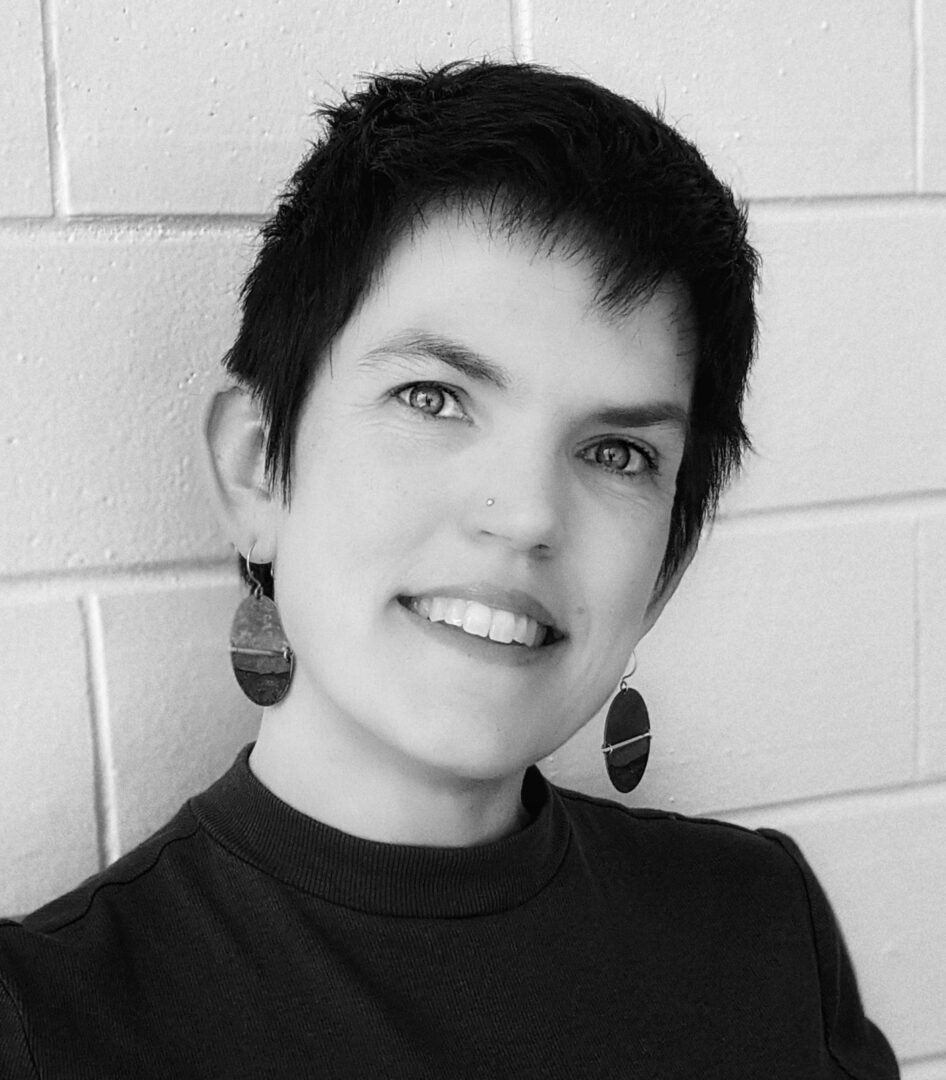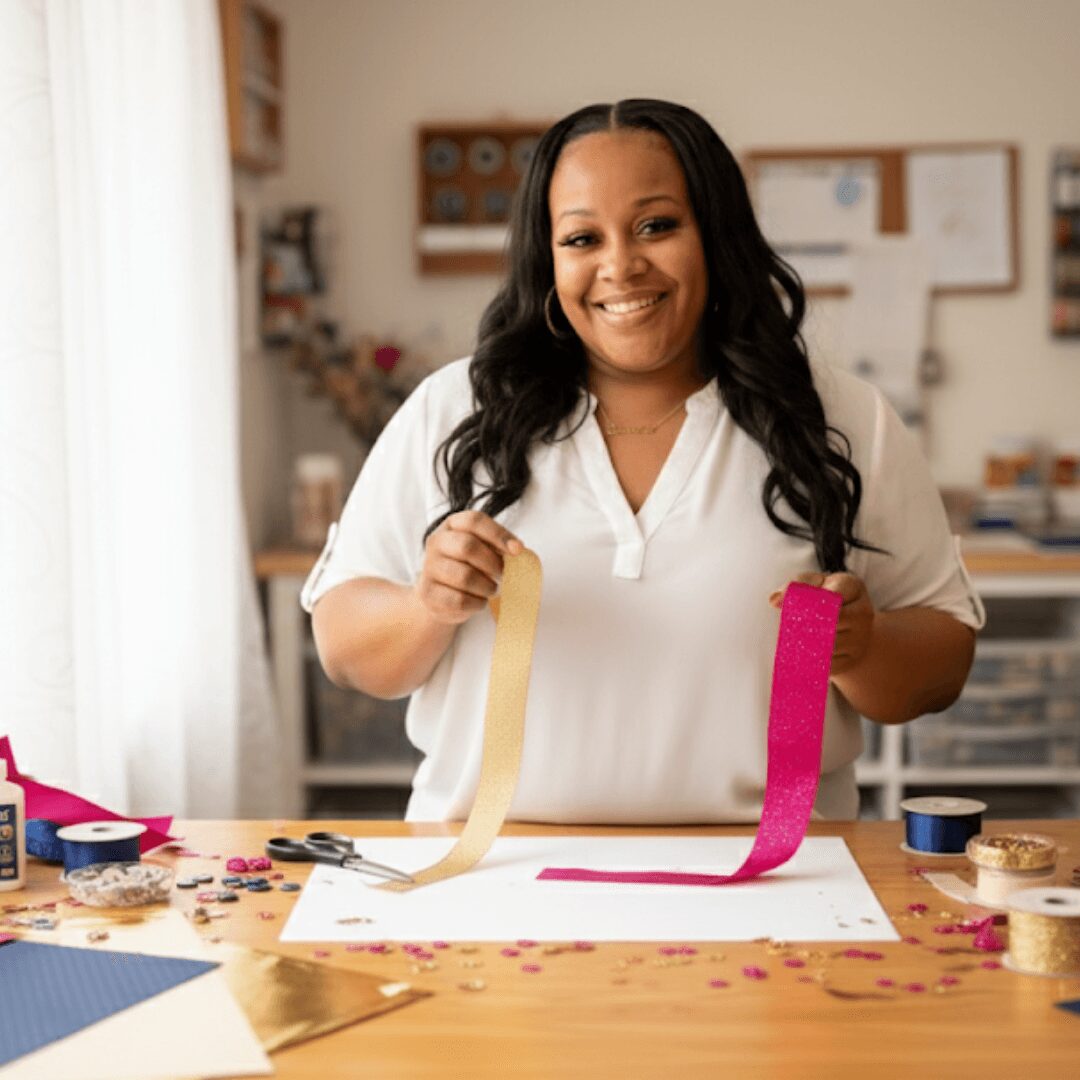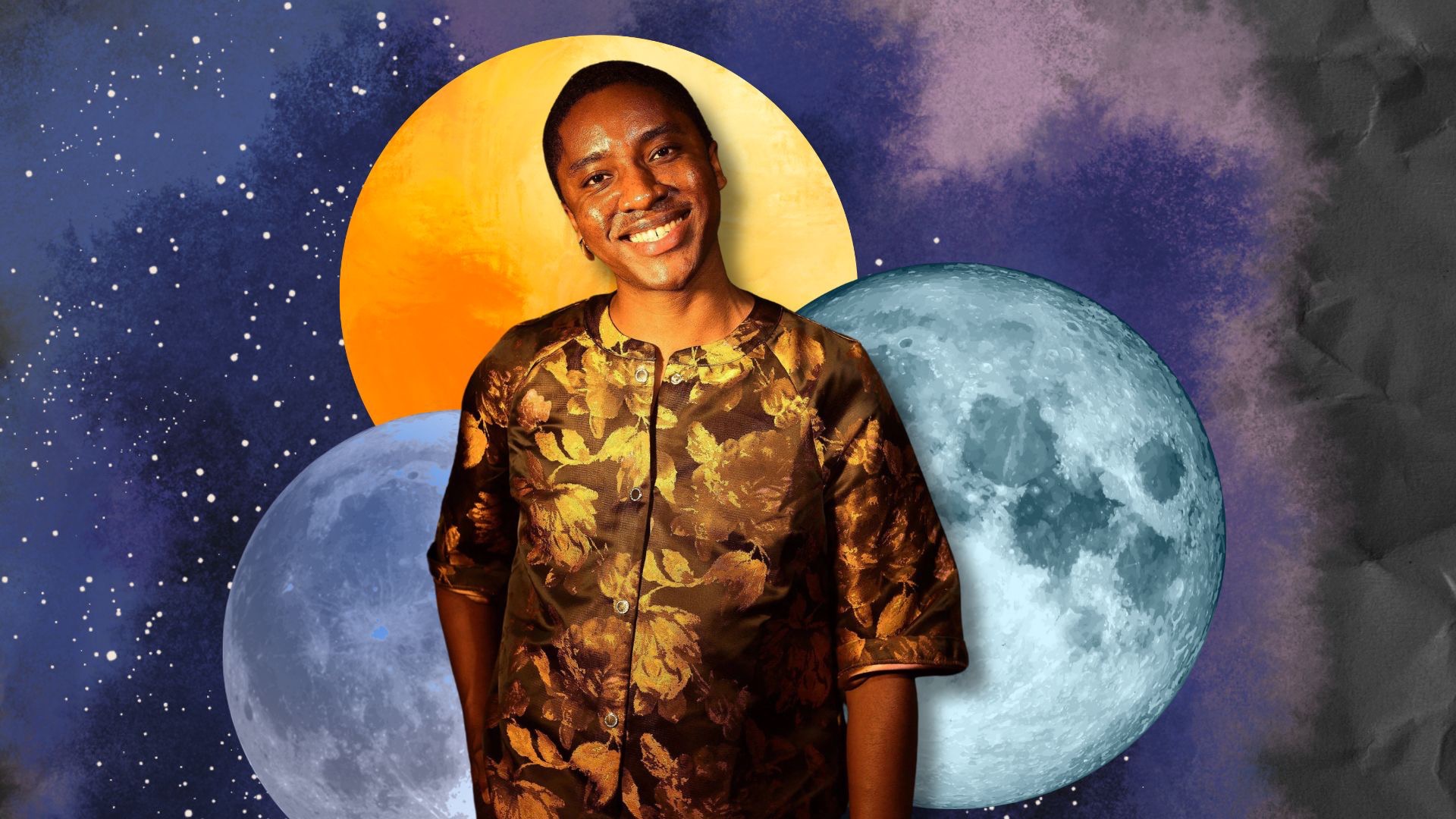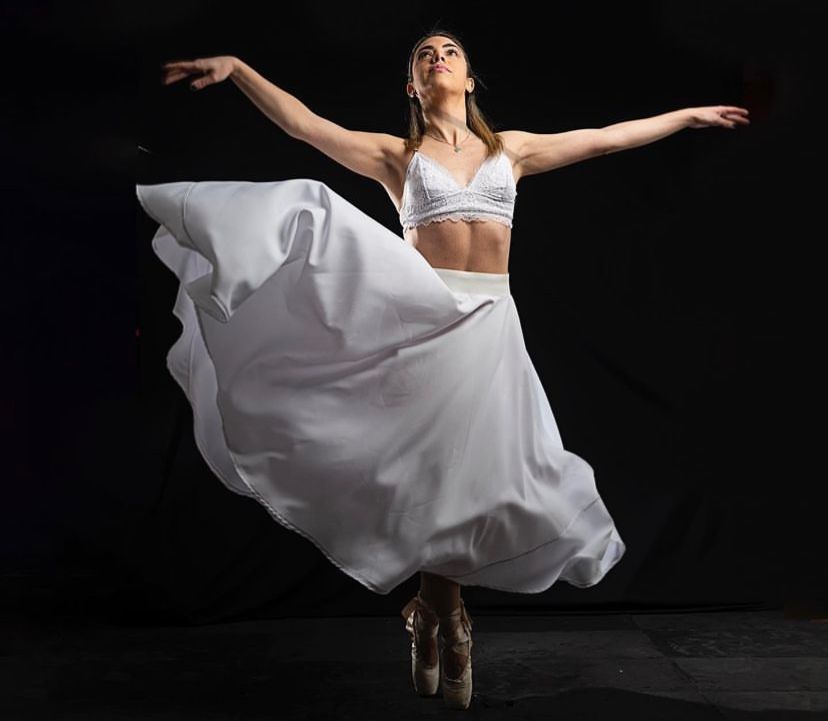Alright – so today we’ve got the honor of introducing you to Elizabeth Hartman. We think you’ll enjoy our conversation, we’ve shared it below.
Elizabeth, so great to be with you and I think a lot of folks are going to benefit from hearing your story and lessons and wisdom. Imposter Syndrome is something that we know how words to describe, but it’s something that has held people back forever and so we’re really interested to hear about your story and how you overcame imposter syndrome.
Imposter syndrome can be a powerful motivator when you approach it with the right mindset. For me, it functions as a reminder to stay curious, humble, and open to growth. The challenge, though, is not letting your inner critic hold you back. In moments of doubt, I focus on my strengths and seek ways I can add value.
After 15 years as a business-to-business marketing consultant, I’m transitioning to a new career in commercial interior design. This career change has brought plenty of opportunities to feel like an imposter, especially as I develop new technical skills and learn new industry requirements. But it’s also given me the chance to re-imagine how my consulting expertise—branding, project management, client relationships—adds value in this new context. Trusting in what I bring to the table, even as I refine and grow, has been key to overcoming those moments of self-doubt.
I really dislike the advice to “fake it until you make it.” Its inauthentic. Instead I’ve adopted the mantra “act the way I want to feel.” That means immersing myself in the work I aspire to do, whether it’s honing my design skills, learning the terminology, lending a hand however I can, or fostering connections within the architecture and design community. By showing up authentically, I’m able to build confidence through action (regardless of how awkward I feel at first). This approach isn’t about pretending—it’s about having the courage to step into stretch roles, take risks, and recover when things don’t go perfectly.
We all start somewhere, and what we’re able to offer today will only deepen with time and experience.
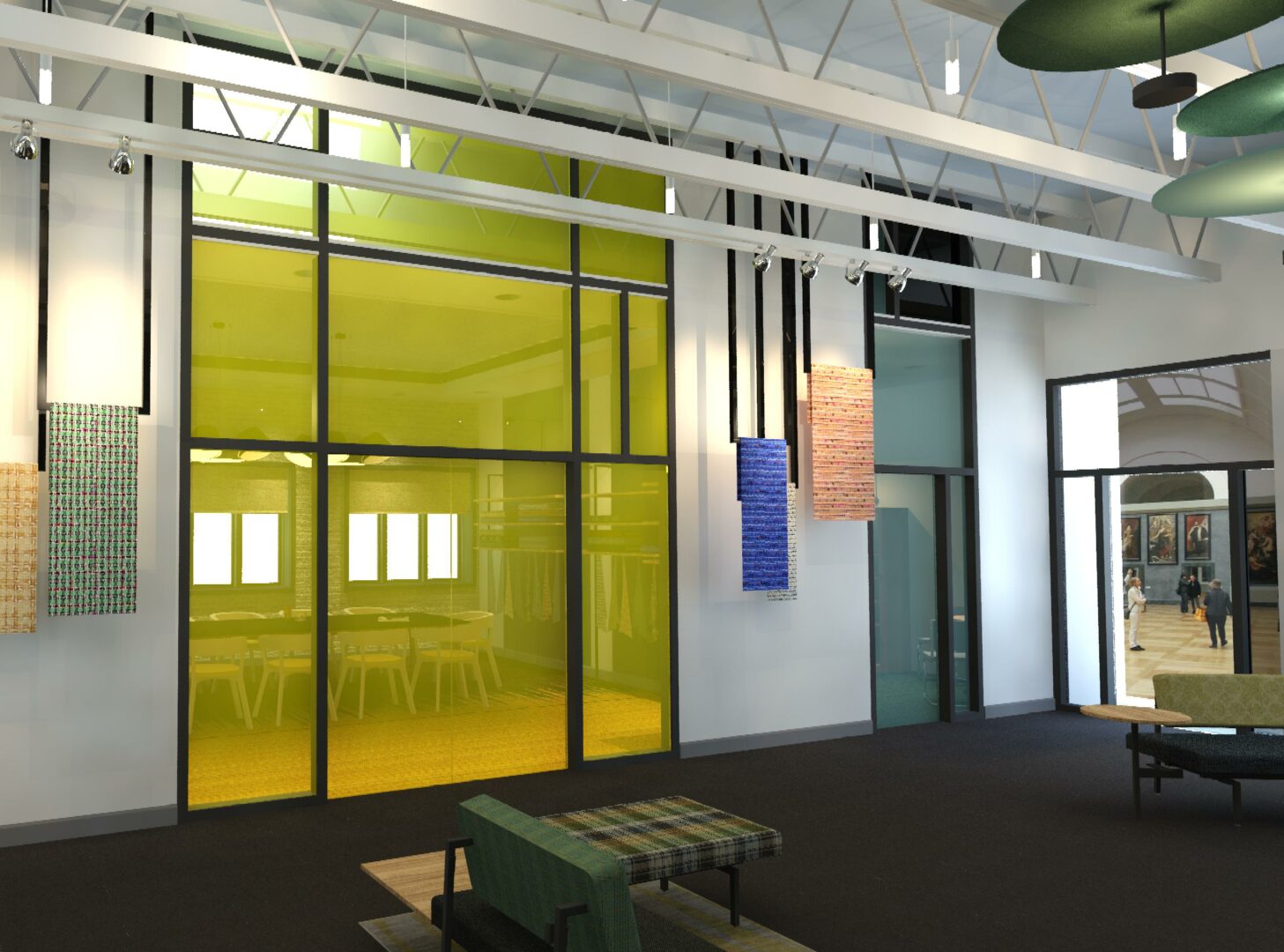
Thanks, so before we move on maybe you can share a bit more about yourself?
My path into interior design has been winding. I started in theatre, which is all about creating experiences and telling stories. That eventually led me to communications and marketing, where I spent more than a decade helping businesses refine their brands and connect more meaningfully with their audiences. It was rewarding, but over time I discovered I was most fulfilled when I could dig into a problem, identify the underlying challenges, and craft creative, user-friendly solutions. I wanted to contribute on a deeper level. That’s what led me to commercial interior design. This work allows me to blend my love for strategy and storytelling with a passion for creating meaningful experiences.
Interior design is so much more than aesthetics. It’s about solving problems. It’s designing environments that help people work more efficiently, connect more deeply, and live more fully. My goal is to create spaces that add value and reflect the identity of the businesses I work with while also addressing the needs of their teams and customers. I love how thoughtful design can enhance workflows, promote well-being, and contribute to larger goals like sustainability and inclusivity.
My background in business-to-business consulting is one of the most valuable things I bring to the table as a designer. That experience taught me how to listen and think holistically. Understanding not just what a client wants but why they need it is key to delivering solutions that work on multiple levels. I apply that same mindset to the design process, where I try to balance aesthetics, function, and culture with user experience to create solutions that are practical, human-centered, and, hopefully, a little bold.
At its core, my job is to create spaces that solve problems, add value, and improve the way people live and work. Every project feels like an opportunity to learn something new, push myself creatively, and leave something meaningful behind. That’s what keeps me inspired.
Looking ahead, I’m excited to continue refining my skills and take on new challenges. Although I’ve learned so much from running my own business, at this stage in my career I’d like to join an established firm where I can make a bigger impact as part of a team. There’s so much potential in design, and I’m eager to help shape what’s next.
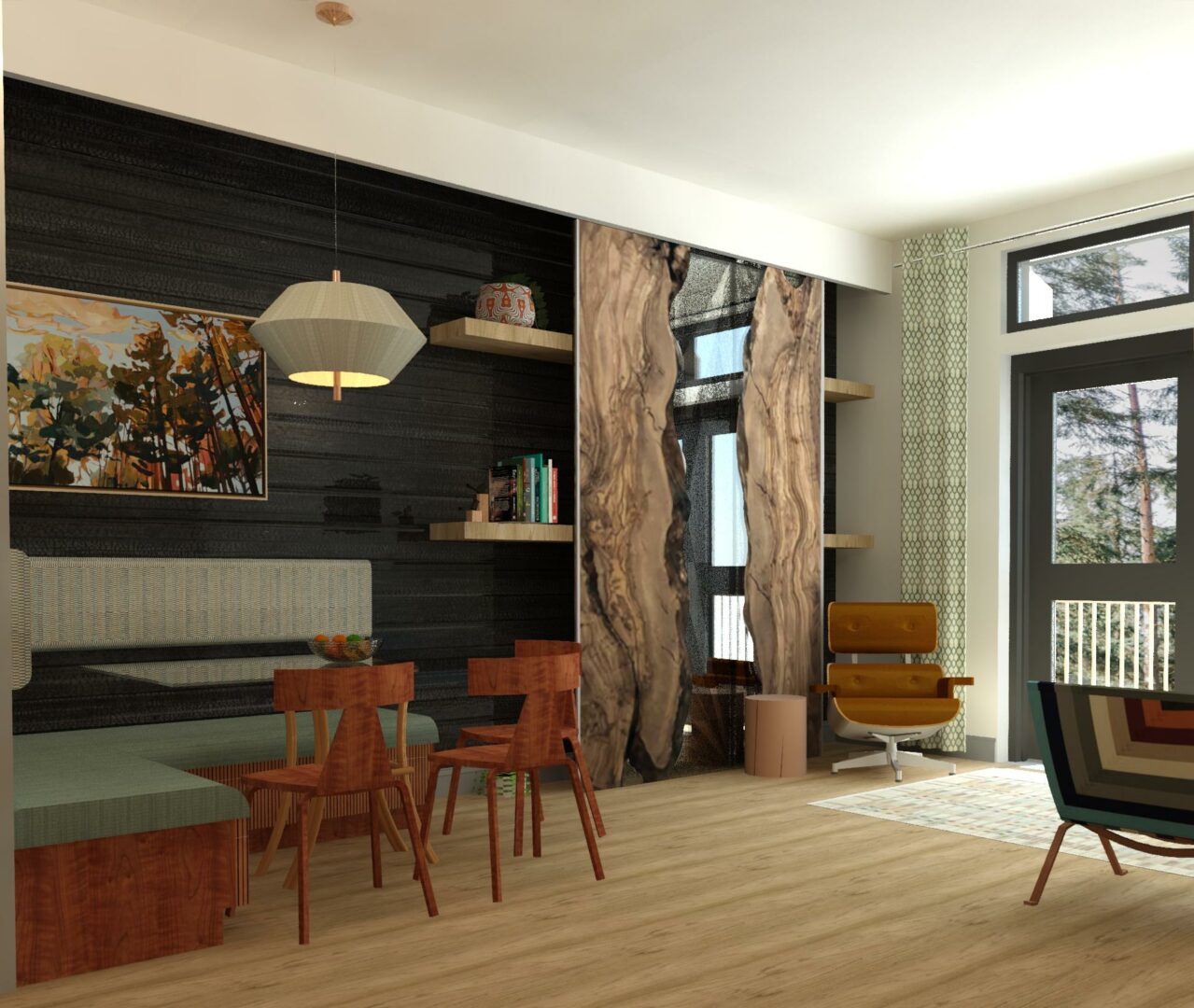
If you had to pick three qualities that are most important to develop, which three would you say matter most?
Looking back, I’d say the three things that made the biggest difference in my journey were adaptability, resilience, and having the courage to show up.
First, adaptability. My career path wasn’t linear. Each step required me to pivot and prioritize. Sometimes the opportunities I planned for didn’t pan out. By staying open to what *did* arise, I discovered unexpected paths forward and unearthed things I didn’t know about myself along the way. No matter where you are in your career, pay attention to the tasks and projects you find fulfilling (these may be different than you expected). Lean into that type of work. To do so, you might need to step outside your comfort zone and challenge yourself in new ways. Inspiration is everywhere if you stay curious and open-minded.
Next, resilience. Every career has setbacks—confidence gets shaken, the market slows, or you face roadblocks. Resilience is what helps you keep going when things get hard. For me, that’s meant cultivating discipline and a growth mindset. I learned the hard way that I can’t rely on motivation. It’s fleeting. Discipline helps me show up even when it’s tough. I also discovered the incredible value of reframing obstacles and shortcomings as opportunities to learn, grow, and explore. When I let go of my frustration, I’m able to refocus my energy on necessary steps forward. Regularly practicing meditation and martial arts has really helped me develop both of these skills. The saying “discomfort is a catalyst for growth” is true. Don’t shy away from the hard things or shrink from setbacks. They help you build resilience. You’ll surprise yourself by what you can achieve.
And finally, showing up. Every time I put myself out there—whether it’s networking, volunteering, presenting, pitching—I find that doors open (although not always right away). When I began my career transition into interior design, I focused on building relationships and getting involved wherever I could. By participating in the industry and surrounding myself with people who inspired me, I discovered opportunities I hadn’t even considered. I started to understand where I could add value and how I wanted to grow. Even now, I approach every new challenge as a chance to learn and connect.
For anyone starting out, my advice is to stay curious, seek challenges, and just keep showing up. The combination of adaptability, resilience, and courage will help you not only navigate the ups and downs but also find the opportunities that align with your passions and strengths.
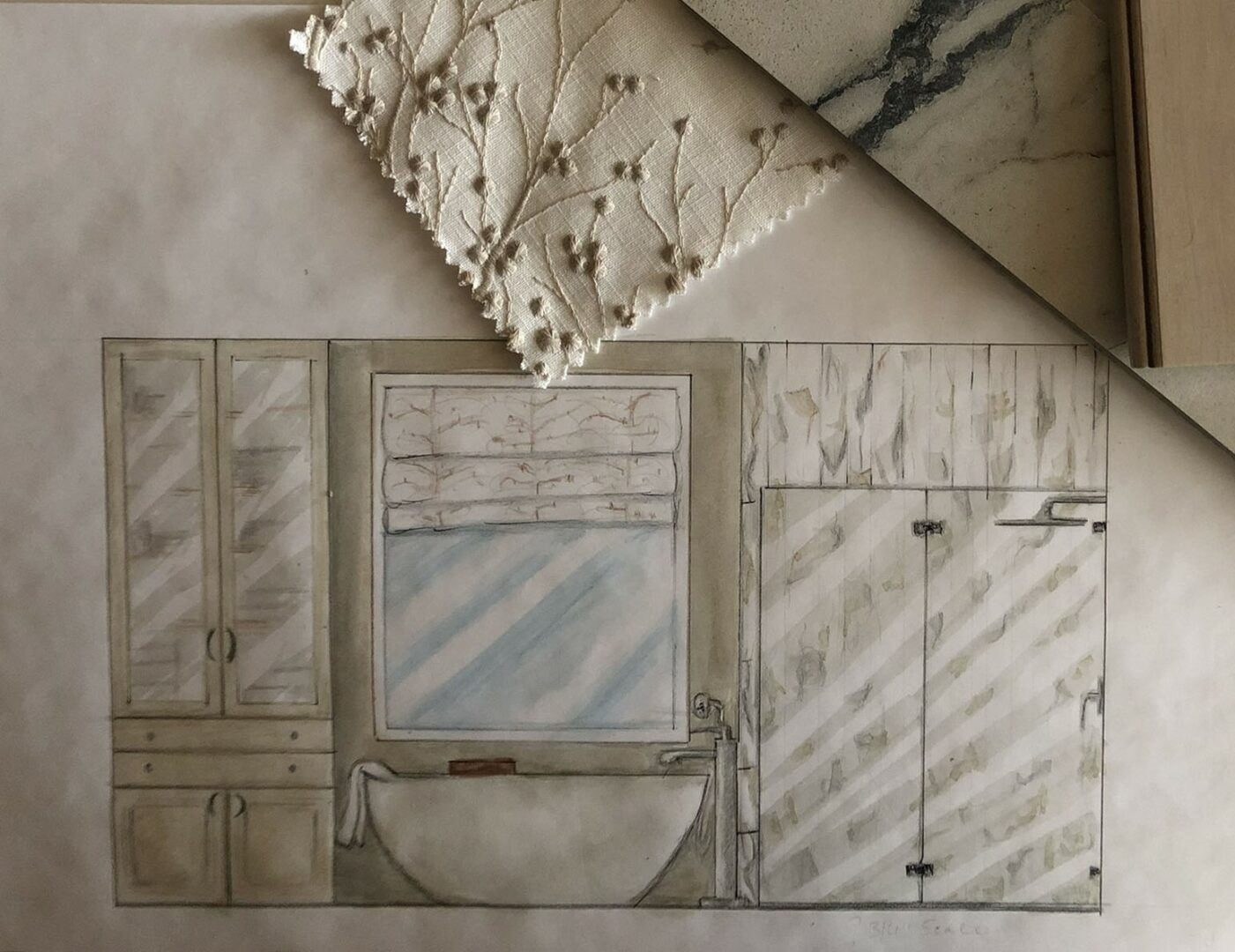
Okay, so before we go, is there anyone you’d like to shoutout for the role they’ve played in helping you develop the essential skills or overcome challenges along the way?
There have been so many people throughout my life who have shaped how I see the world, my values, work ethic, inspirations, approach to challenges. Rather than highlight one individual, I’d like to share a client experience that changed how I work, learn, and create.
Six years ago, I was hired by an engineering firm to refine their brand narrative and refresh their marketing and business development materials. This was a new type of client for me. To support them effectively, I had to gain a foundational understanding of their business goals, the customers they served, and the products they developed. Part of that research involved exploring their business processes and company culture. As a small company that specialized in prototyping, they employed the Agile methodology for project management. This was my introduction to the iterative design process, which profoundly influenced how I approach my own work and creative processes.
The iterative design process breaks projects into manageable components and emphasizes delivering a minimum viable product (MVP) for each phase. After presenting the MVP, feedback is gathered from stakeholders or customers, and refinements are made before moving to the next phase. This cycle of experimentation, evaluation, and adjustment continues until a final solution emerges.
Before working with this client, my design approach was linear and fixed: research the problem, identify a solution, build it to completion, then present it and hope it adequately fits the client’s needs. The iterative approach was a light bulb moment for me. It resonated with how I naturally like to work: rolling up my sleeves, testing ideas, learning as I go, and adapting my work based on new insights. It’s a method of hypothesis and experimentation. And it felt so freeing!
I later discovered that this design philosophy closely aligns with the process used by architects and interior designers. We begin with conceptual ideas, refine them based on feedback from clients, and adjust them through various stages of the project to meet both functional needs and creative goals.
Allowing yourself to think iteratively can benefit all sorts of pursuits—writing, art, product development, marketing. It’s even influenced how I approach my career. I now see it as a series of tiny experiments and discoveries, each one providing data and leading me closer to the best possible outcome.
Contact Info:
- Website: https://eahartman.com/
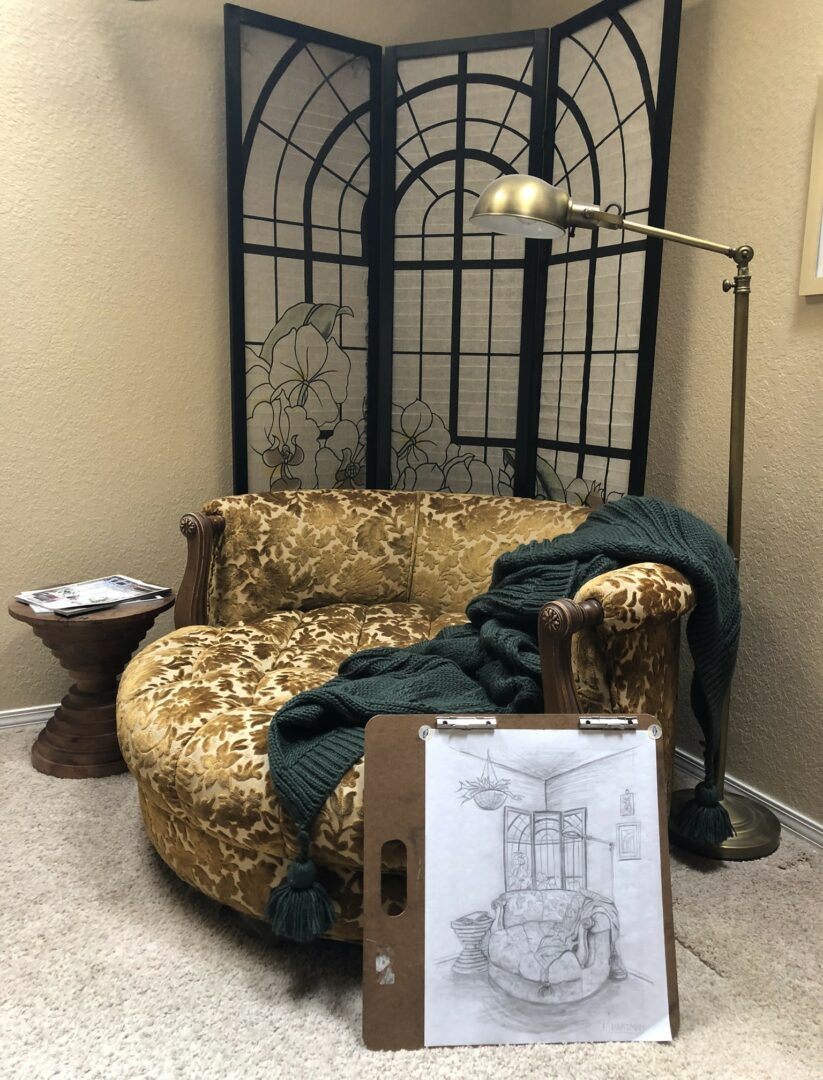
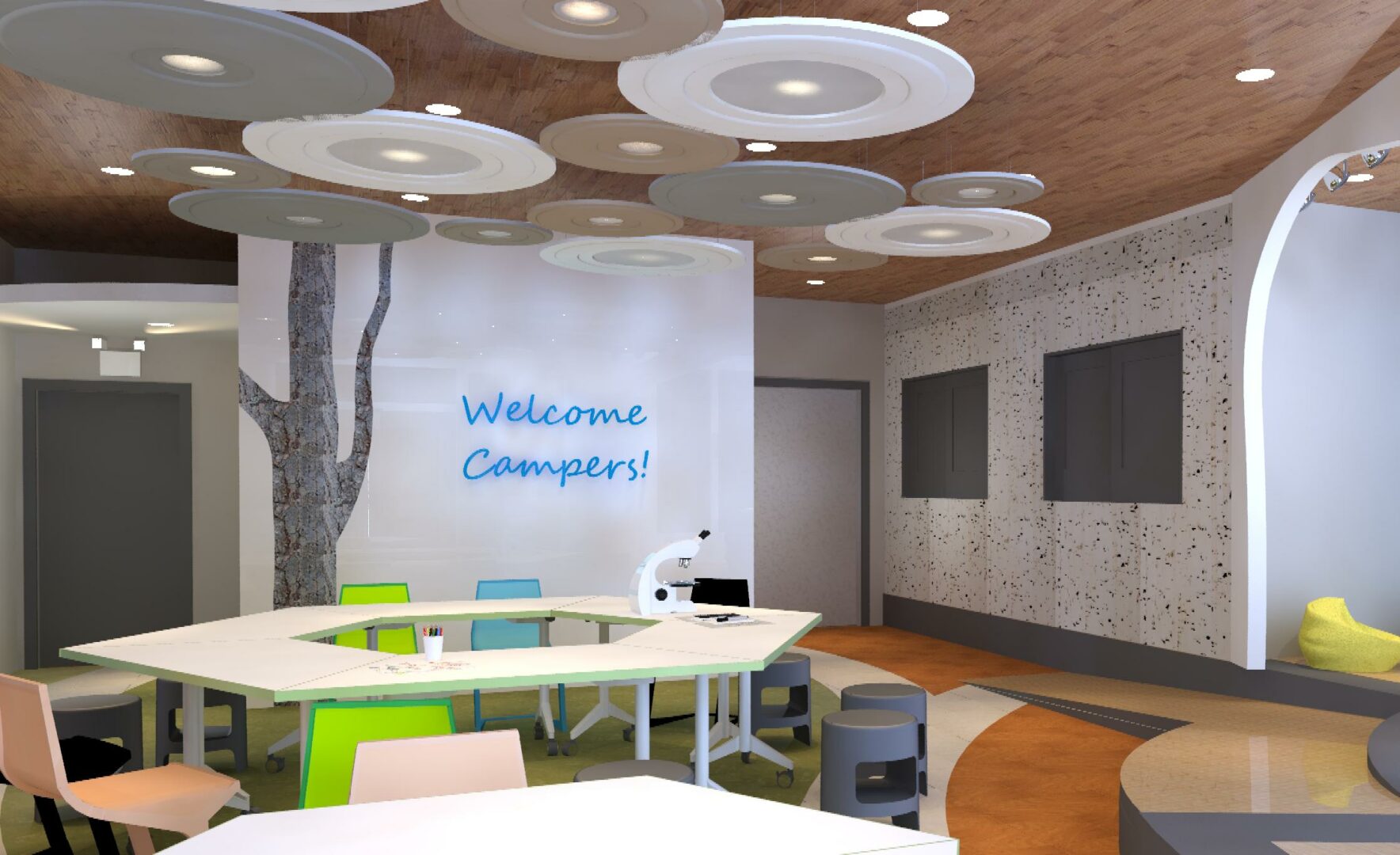
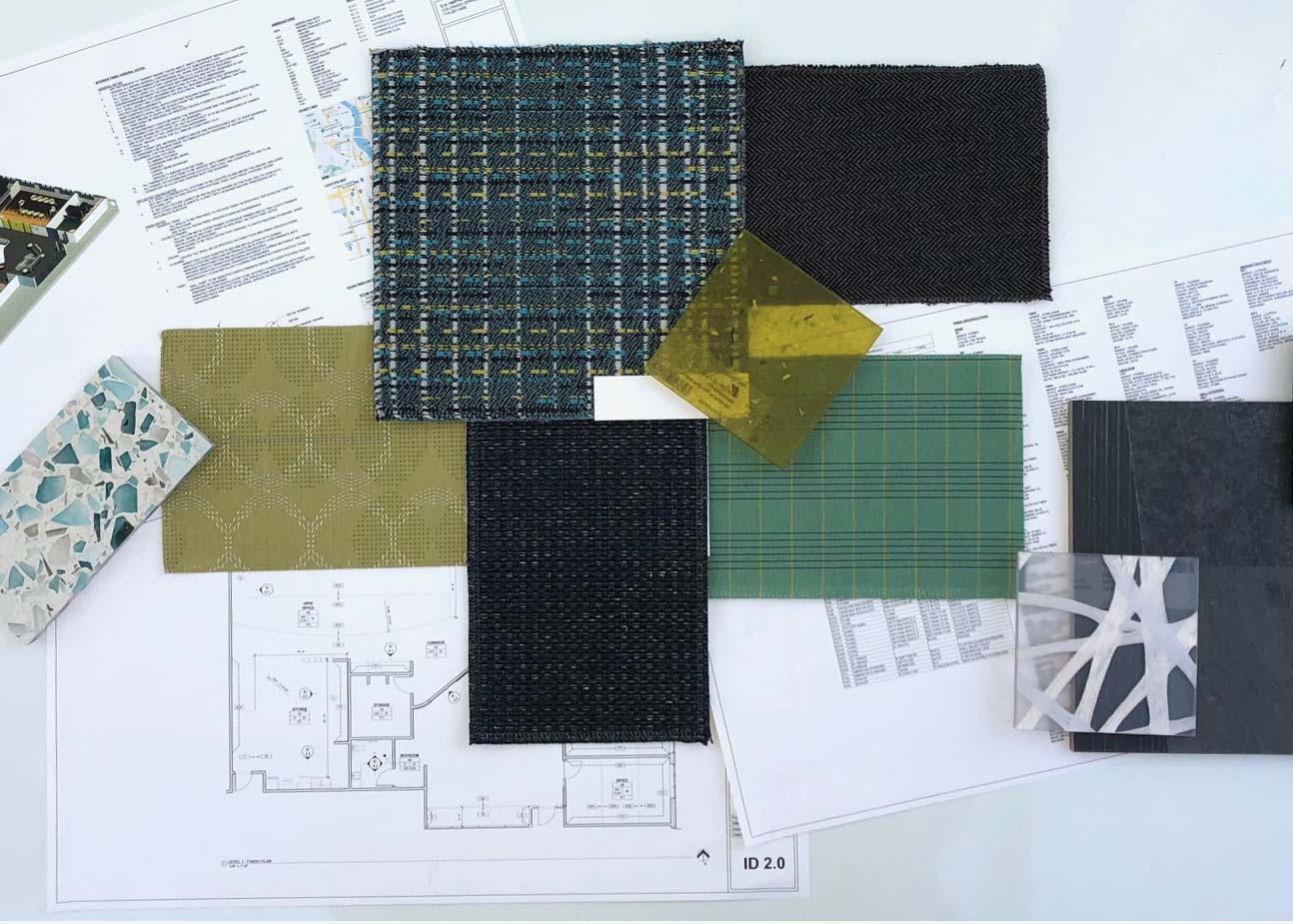
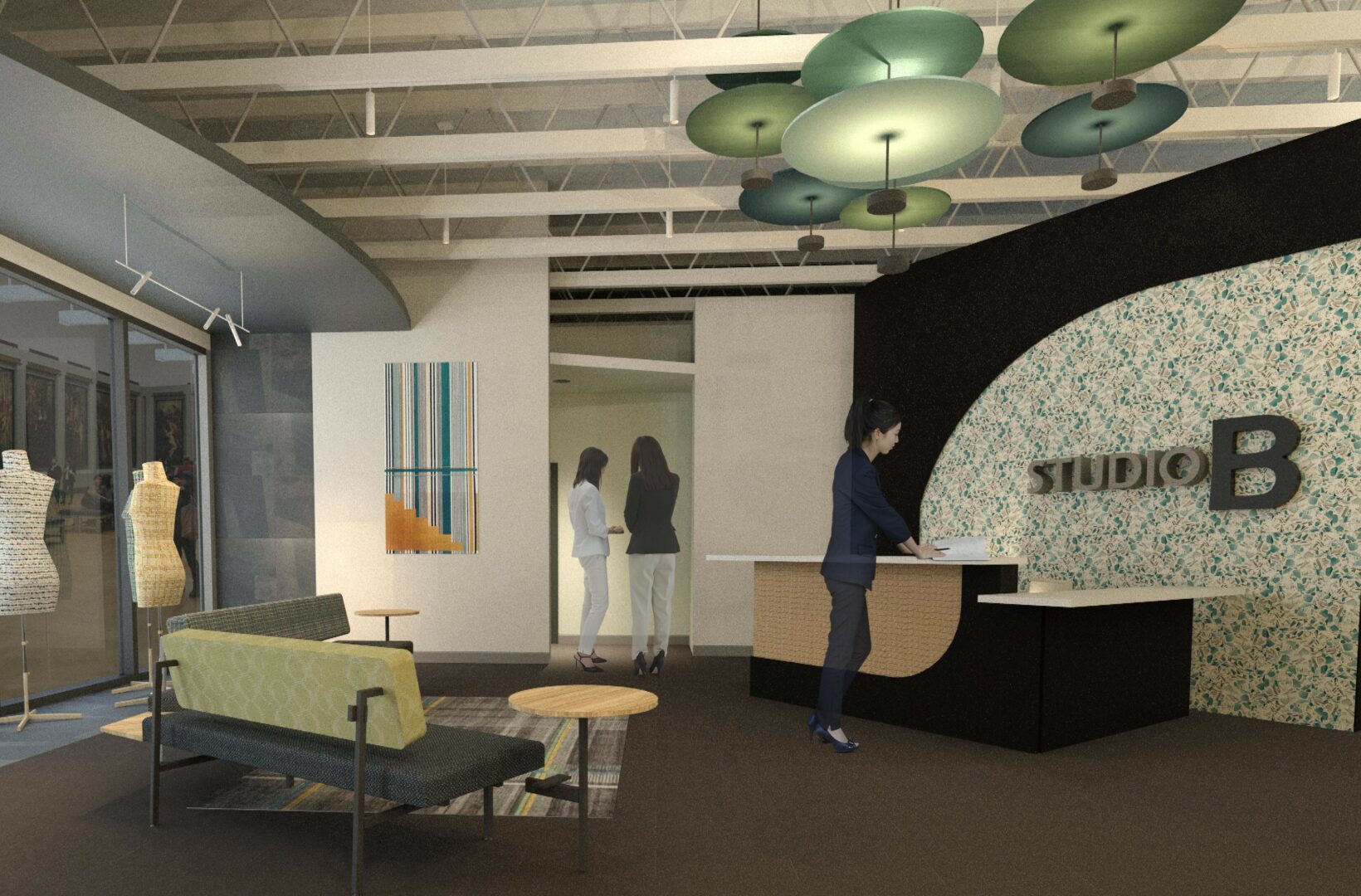
so if you or someone you know deserves recognition please let us know here.

